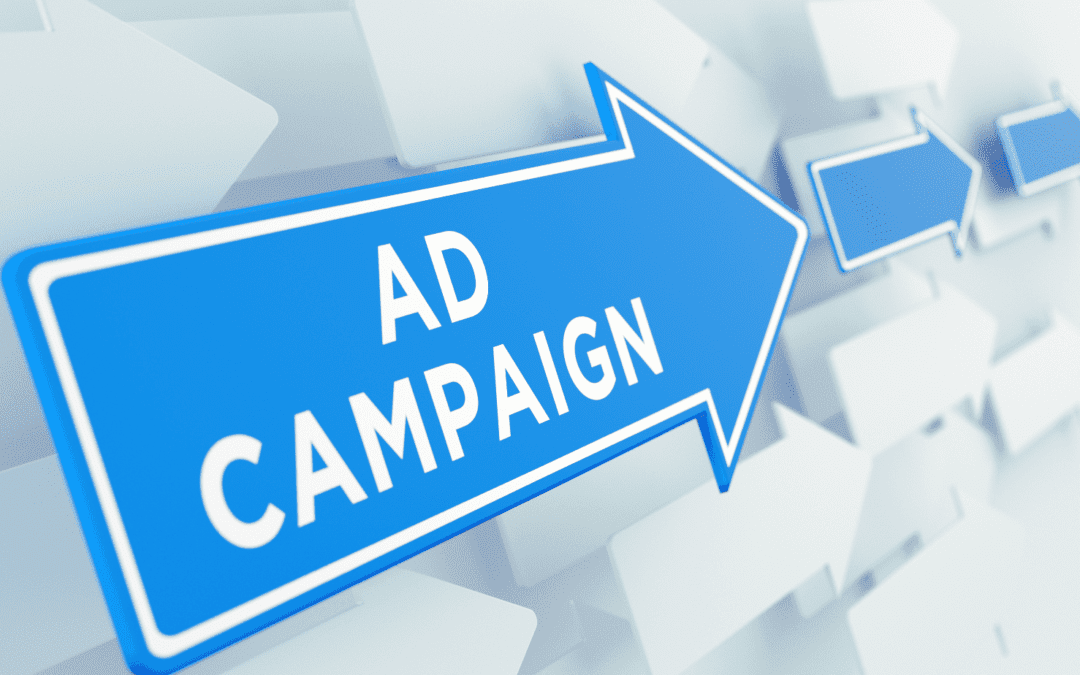Maximizing return on investment (ROI) through paid ad campaigns has become essential for businesses looking to achieve measurable success. However, simply running ads isn’t enough; targeting the right audience with the right message is key to ensuring that every dollar spent delivers value. Here are some effective strategies to optimize your ROI with targeted paid ad campaigns.
1. Define Clear Objectives
The first step to improving ROI is setting clear, measurable objectives. Whether it’s increasing website traffic, boosting sales, or generating leads, knowing your goals allows you to structure your ad campaigns to meet specific outcomes. This ensures that your efforts remain focused, helping you allocate resources effectively and measure success accurately.
2. Leverage Audience Segmentation
Targeted ads perform better when you know who you’re reaching out to. Segment your audience based on demographics, interests, behavior, and past interactions with your brand. By tailoring ads to specific groups, you create more personalized messages that resonate with potential customers, increasing the likelihood of engagement and conversions.
3. Utilize Data-Driven Insights
Effective paid ad campaigns rely heavily on data. Use analytics tools to track and analyze user behavior, conversion rates, and other key metrics. Data insights allow you to refine your targeting, optimize ad placements, and adjust your strategy in real-time to enhance performance and ROI. Continual data analysis helps you identify what’s working and what needs improvement.
4. Create Compelling Ad Copy and Visuals
The content of your ads plays a major role in determining their effectiveness. Crafting compelling ad copy and eye-catching visuals tailored to your audience’s needs and interests is crucial. Focus on clear messaging, strong calls to action, and visuals that stand out, capturing the attention of your target audience quickly and effectively.
5. Test and Refine Your Campaigns
Running A/B tests on different elements of your ad campaigns, such as headlines, images, call-to-action buttons, and landing pages, helps identify which versions perform better. Regularly testing and refining your campaigns allows you to continuously improve their effectiveness, increasing engagement and conversion rates.
6. Use Retargeting Strategies
Retargeting helps keep your brand top-of-mind for users who have previously interacted with your website or ads but haven’t converted. Retargeting campaigns offer personalized follow-up ads that encourage potential customers to return and complete their purchase or action. These efforts can significantly improve conversion rates, helping to optimize ROI.
7. Optimize Ad Spend
To maximize ROI, it’s important to allocate your budget effectively across different ad platforms and campaigns. Use performance data to identify which channels and ads generate the best results, and shift your spending towards those areas. Regularly reviewing your budget allocation ensures that you’re investing in high-performing campaigns, making the most of your ad spend.
8. Measure Success
Track key performance indicators (KPIs) such as click-through rates, conversion rates, cost-per-click, and return on ad spend (ROAS). Monitoring these metrics enables you to evaluate the effectiveness of your campaigns and make informed adjustments. Measuring success consistently helps you ensure that your campaigns remain profitable and aligned with your business goals.
Conclusion
Optimizing ROI with targeted paid ad campaigns requires a strategic approach. By defining clear objectives, leveraging audience segmentation, utilizing data-driven insights, creating engaging content, testing and refining your campaigns, and managing your ad spend wisely, you can significantly improve the performance and profitability of your advertising efforts. With the right strategy in place, paid ads can deliver exceptional results and drive growth for your business.

